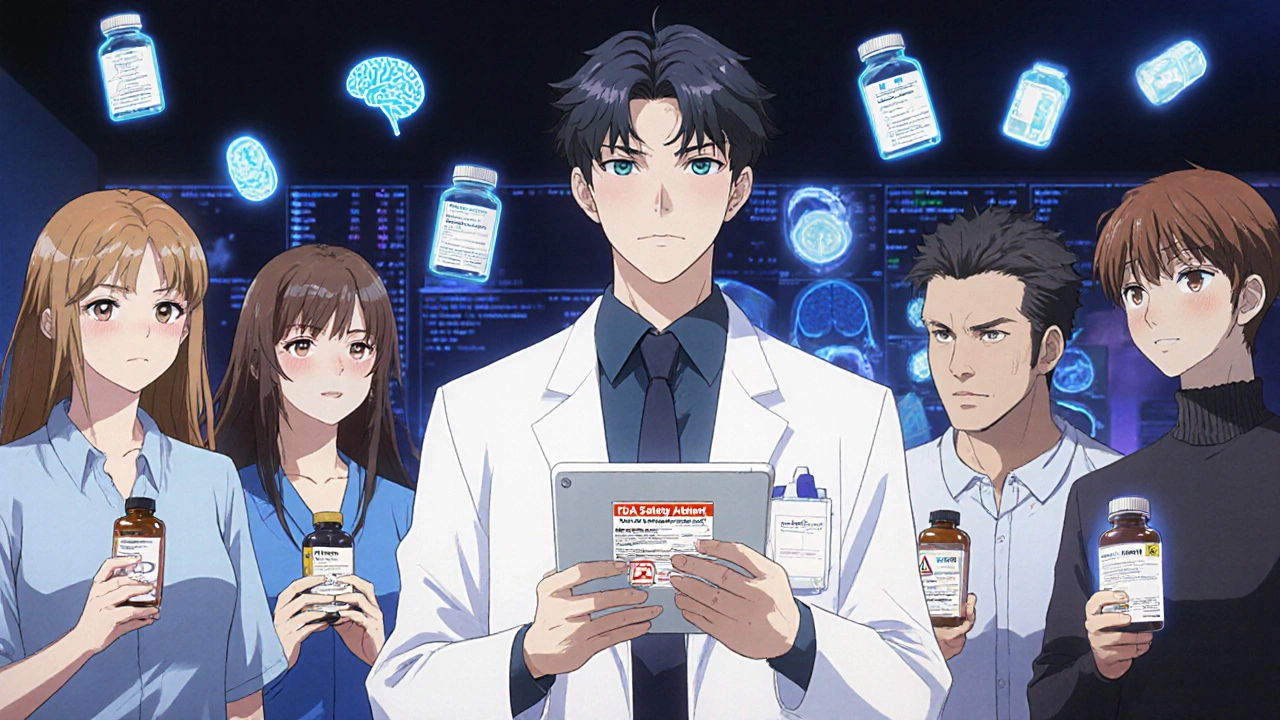Drug Safety: Understand Interactions, Storage, and Risks
When you take a medication, drug safety, the practice of using medications in a way that minimizes harm and maximizes benefit. Also known as medication safety, it’s not just about following the label—it’s about understanding how your body reacts to drugs, how they talk to each other, and what can go wrong when you don’t pay attention. Many people think drug safety means avoiding overdoses, but the real dangers are quieter: a statin mixed with grapefruit juice, an antibiotic wiping out good gut bacteria and triggering a yeast infection, or two blood pressure pills teaming up to crash your heart rhythm. These aren’t rare accidents—they’re predictable outcomes of ignored science.
medication interactions, when two or more drugs affect each other’s action in the body are behind most preventable hospital visits. The CYP450 enzyme system, which handles 90% of drugs, gets overwhelmed when you stack medications like antidepressants, statins, or blood thinners. One drug can slow down another’s breakdown, turning a normal dose into a toxic one. And it’s not just pills—supplements, even something as simple as St. John’s wort, can interfere. Then there’s drug metabolism, how your liver breaks down medications into usable or excretable forms. If your liver is slow, or you’re on multiple drugs that compete for the same enzymes, you’re playing Russian roulette with your health. Torsades de Pointes, a deadly heart rhythm caused by QT prolongation from common drugs, doesn’t happen out of nowhere—it’s flagged by labs and symptoms if you know what to look for.
And it’s not all about what’s inside your body. pill storage, how you keep your medications at home matters just as much. Moisture, heat, and light can turn pills into useless—or dangerous—chunks. That bottle you keep in the bathroom? It’s a humidity chamber. The desiccant packet you throw away? It’s there for a reason. A single degraded pill can mean a treatment fails, or worse, causes a reaction. Even something as basic as keeping your emergency meds in a go-bag, ready for floods or power outages, is part of drug safety. You wouldn’t leave your car keys in the rain—why leave your life-saving pills there?
Drug safety isn’t a one-time checklist. It’s a daily habit: checking for new interactions when your doctor adds a pill, storing meds right, knowing when nausea from GLP-1 drugs is normal versus dangerous, and understanding why some people take separate generics instead of combo pills to avoid side effects. It’s about recognizing that your body is a system—not a collection of isolated parts. The posts below cover exactly these real-world scenarios: how heart drugs clash, how antibiotics wreck your gut, how moisture ruins your pills, and how even your sleep or diet can change how a drug works. You won’t find fluff here. Just clear, practical knowledge that helps you stay safe, avoid ER visits, and take control of your meds—not the other way around.
Recent Drug Safety Communications and Medication Recalls: What You Need to Know in 2025
Recent FDA drug safety alerts in 2025 include new opioid risk data, MRI requirements for Alzheimer's drugs, and warnings on ADHD and allergy meds. Know what's changed and what to do next.

